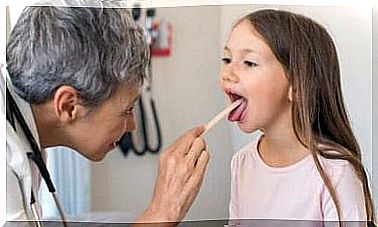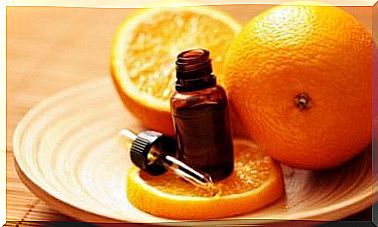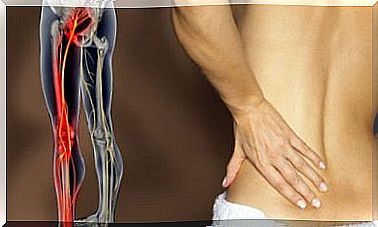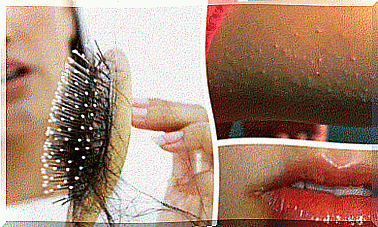Everything You Need To Know About Protective Masks
There are different types of protective masks and each of them performs a specific function. The usefulness of the mask varies depending on the type of exposure. It is also essential to wear them correctly.
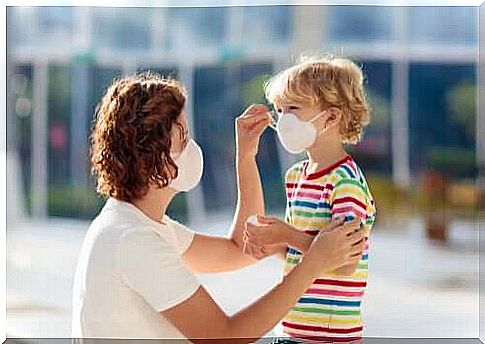
Protective masks are personal protective equipment. Their function is to protect people from contaminants that can enter the respiratory tract. These masks are entirely made of a filter material and have a clip or nasal adapter as well as elastic or attachment straps.
Some masks have an expiratory valve. This valve facilitates breathing and helps prevent condensation. These masks are indicated for a long time.
The different types of protective masks
Protective masks are classified into two groups.
Surgical masks
The surgical mask is used to protect others. It filters the particles of the person wearing the mask, thus preventing these particles from ending up on the outside.
FFP high efficiency protective masks
The high efficiency FFP mask serves to protect the wearer. It filters out particles from the environment, preventing the wearer from inhaling these particles. These masks come in different shapes: cone shape, horizontal shape and vertical shape.
Depending on the efficiency of the filtration, the category varies: 1, 2 or 3. The power of the filter against the toxicity of the contaminating agent and the environmental concentration is what determines the category of the mask.
- FFP1 : filtration efficiency of 78%, environmental concentrations up to 4 VLE (exposure limit value)
- FFP2 : 92% filtration efficiency, environmental concentrations up to 12 VLE
- FFP3 : 98% filtration efficiency, environmental concentrations up to 50 VLE
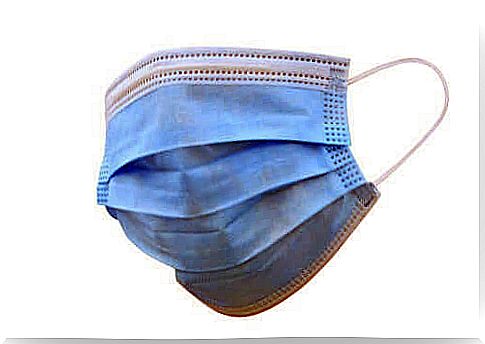
How to put on your protective mask?
- It is essential to choose the mask according to the risk
- It is essential to wash your hands well before putting on the mask and after removing it. Put on your mask before entering the contaminated area and remove it once you are outside this area. Worn, make sure the mask is snug so that it gives you good protection
- After use, if the mask is wet or has any damage, it should be changed. Likewise, in case of excessive breathing, it is also better to change the mask: when the humidity condenses, the mask loses its filtration capacity.
What type of protective masks to use depending on the case?
Of course, it is important to know how to wear your mask correctly so that it protects us effectively. But it is just as important to know how to remove it. If these two maneuvers are not performed correctly, there is a risk of contamination, despite wearing a mask.
When to put on the protective mask
The mask must be put on before entering the contaminated area. Follow the steps below.
- Wash your hands and check the expiration date of the mask. The mask must be free from defects
- If you have to put on more than one protective equipment, take into consideration the order in which these different protective equipment must be put. The order is as follows: blouse, hat, pants, mask, glasses and gloves
- Fit the mask correctly to obtain adequate protection. If you wear glasses, take them off before putting on and adjusting the mask. Once the mask is properly adjusted, you can put your glasses back on
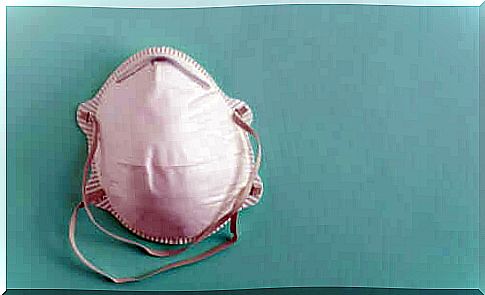
You may also be interested in this article: How to live with someone infected with coronavirus?
The installation of the protective mask itself
- Hold the mask between your two hands so that the clip at the nose meets the top edge
- Put the mask on the chin and pass the two elastic bands over the head. The lower elastic band should be under the ears, and the other elastic band should be at the level of the skull
- Pinch the clip at the nose so that the mask sticks well to your face
Remove the mask correctly
- When removing protective equipment, there is also an order to follow: gloves, glasses, pants, hat and gown
- Once out of the contaminated area, remove the mask. Then throw the mask in a bin provided for this purpose and wash your hands afterwards.
In short …
There are different protective masks that filter out harmful particles from the environment. It is important to choose the mask according to the risk, just as it is important to put it on and take it off correctly.
Depending on the risk, some masks will not be useful. Wearing a mask can even be counterproductive if the mask is not suitable for the situation.



